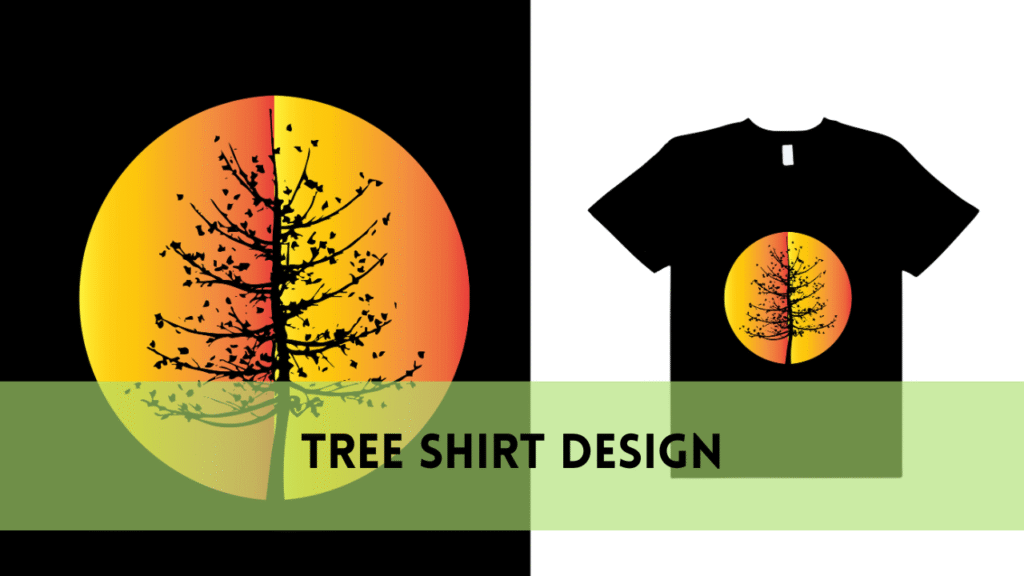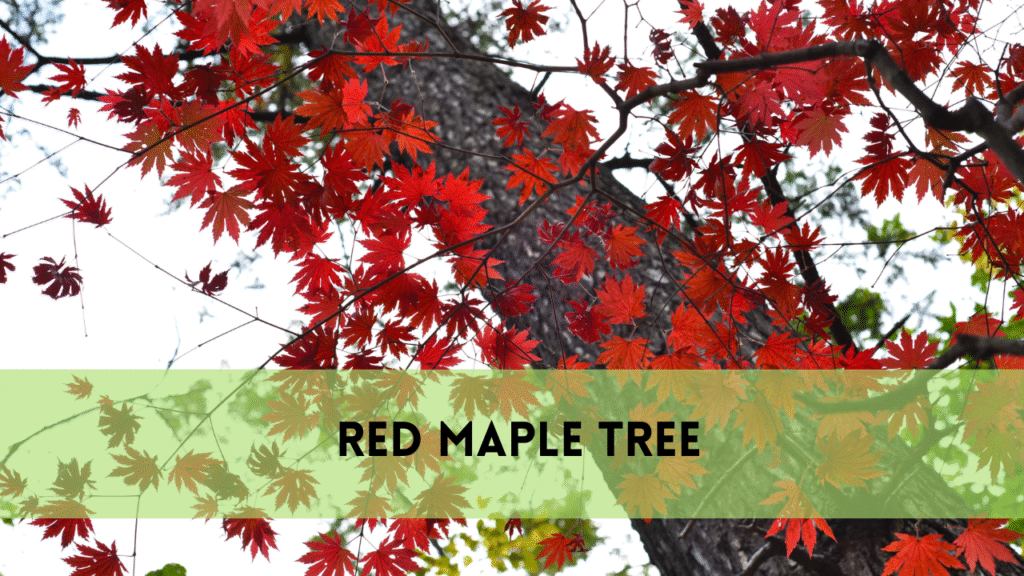When it comes to tree care, one of the most important talents to have is the ability to prune them. In this comprehensive tutorial, we will delve into the subject of DIY Tree Pruning Tips, providing you with all of the information you need to keep your trees healthy, strong, and beautiful. Whether you’re an experienced gardener or a newbie, these pointers will help you get the most out of your tree pruning efforts.
Understanding the fundamentals of tree pruning
Before we get into the practical DIY Tree Pruning Tips, let’s first define what tree pruning is and why it’s vital. Pruning is the process of eliminating certain sections of a tree, such as branches, buds, and roots. The primary goals of pruning are to improve the tree’s structure, health, and yield of blooms or fruit.
Why should you prune your trees?
Pruning your trees has numerous benefits. It helps to:
Remove any dead or unhealthy branches.
Improve air circulation.
Improve the tree’s shape and structure.
Encourage fresh growth.
Increase output of flowers and fruits.
Prevent any threats created by overgrown branches.
Crosby Arborist believes that with the proper expertise and tools, anyone can properly prune their trees. Let’s look at some DIY tree pruning tips to help you get started.
Essential Tools for Tree Pruning

Having the correct tools is essential for successful tree pruning. Here’s a checklist of must-have tools:
Pruning shears are ideal for short branches and accurate cuts.
Loppers are ideal for medium-sized branches that are too thick for shears.
Pruning Saw: Required for bigger branches.
Pole pruners are useful for reaching high branches without a ladder.
Gloves and Safety Gear: When pruning, protect your hands and eyes.
When to Prune Your Trees?
Timing is critical when it comes to tree pruning. Pruning requirements vary each tree, but as a general rule, prune during the dormant season. For most trees, this occurs in late winter or early spring before new growth begins. However, certain flowering trees should be pruned immediately after blooming. Knowing your trees’ individual demands can help you determine the best timing.
DIY Tree Pruning Tips
A Step-by-Step Guide to Tree Pruning
Assess the tree: Before you make any cuts, inspect the tree thoroughly. Identify which branches need to be removed or pruned.
Remove Deade and Diseased: Begin by removing all dead, diseased, or damaged branches. This encourages healthy growth while also preventing illness transmission.
Remove Crossing Branches: Rubbing branches together can produce sores that encourage disease. Remove any crossing branches to promote air circulation and lower the danger of disease.
Thinning the Crown: If the tree’s canopy is overly dense, remove some of its smaller branches. This enables more light into the interior branches, promoting healthy growth.
Shape the Tree: After you’ve addressed the health and structure of the tree, consider its shape. Trim any overgrown branches to keep the tree in the proper shape and size.
Use Sharp Tools to Make Clean Cuts. Avoid leaving stubs since they might serve as entry points for illness.
Common Mistakes To Avoid
Pruning your trees can be a gratifying experience, but mistakes are easy to make. Below are some common problems to avoid:
Over-pruning: Removing too many branches at once might stress the tree and slow its growth.
Improper Timing: Pruning at the wrong time of year can be harmful to the tree.
Using Dull instruments: Dull instruments can produce jagged cuts that are more susceptible to disease.
Neglecting Safety: Always wear protective gear and exercise caution when working with sharp tools or high branches.
Benefits of Regular Tree Pruning.
Regular pruning has numerous advantages for your trees and landscaping. Here are some reasons why tree pruning should be a regular part of your gardening regimen.
Enhanced Tree Health: Removing dead or diseased branches improves tree health by preventing disease spread and promoting healthy growth.
Improved Safety: Trimming back overgrown branches lowers the likelihood of them falling and causing damage or injury.
Increased Aesthetic Appeal: Well-pruned trees have a more appealing shape and structure, which improves the overall beauty of your landscape.
Increased Fruit Production: Pruning fruit-bearing trees on a regular basis can result in a larger fruit yield.
Crosby Arborist is dedicated to assisting you in achieving the best results possible with your tree care efforts. That is why we have created these DIY Tree Pruning Tips to provide you with the knowledge and confidence to care for your trees like a pro.
Advanced Pruning Techniques
Once you’ve mastered the fundamentals, you might wish to investigate more complex pruning strategies. These strategies can assist you in achieving specific goals, such as forming a specific shape or stimulating certain sorts of growth. Here are some advanced strategies to consider.
Crown Raising is the process of removing a tree’s lower branches in order to increase the height of its crown. It is frequently done to increase visibility or clearance beneath a tree.
Crown Reduction: This approach involves pruning back the tree’s outer branches to lower the size of the canopy. It is useful for trees that have grown too big for their surroundings.
Espalier: This is a decorative pruning technique that trains trees to grow flat against a wall or trellis. It’s an excellent method to save space while still creating a distinctive focus point in your yard.
Story Time: Pruning Success Story
Allow me to give a brief anecdote to demonstrate the importance of appropriate tree pruning. Meet Sarah, an avid gardener who adores her little hideaway. Sarah had a lovely apple tree that had grown out of control and became unproductive over time. Determined to save her tree, she took matters into her own hands.
Sarah started to work, armed with some basic DIY tree pruning tips. She meticulously removed dead and damaged limbs, trimmed the dense canopy, and sculpted the tree to highlight its natural beauty. Sarah was rewarded the next spring with a bumper crop of wonderful apples. Her tree was healthier, more fruitful, and the highlight of her garden.
Sarah’s story illustrates the transformational effect of proper tree pruning. With a little knowledge and work, you, too, may accomplish outstanding achievements.
FAQS
1. How frequently should I prune my trees?
It varies according to the tree’s type and development rate. Most trees benefit from annual pruning.
2. Can I prune my own trees, or should I contact a professional?
With the proper equipment and knowledge, you can prune your own trees. However, for huge trees or intricate pruning, it is preferable to contact a professional.
3. When is the ideal time of year to prune your trees?
Most trees thrive in late winter or early spring, but flowering trees should be pruned immediately after blooming.
4. How can I determine if a branch has died?
When scraped with a knife, dead branches are typically brittle and devoid of green tissue.
5. What should be done with the trimmed branches?
You can compost them, use them as mulch, or dispose of them in accordance with local laws.
Conclusion
Pruning your trees is an important component of maintaining a healthy and attractive landscape. By following these DIY Tree Pruning Tips, you can securely care for your trees and reap the numerous benefits they provide. Remember that the key to successful pruning is understanding your trees’ needs, utilizing the right tools, and timing your efforts correctly.
Crosby Arborist is here to help you through your tree care journey. Whether you need professional tree services or expert guidance, we have you covered. Happy pruning!




